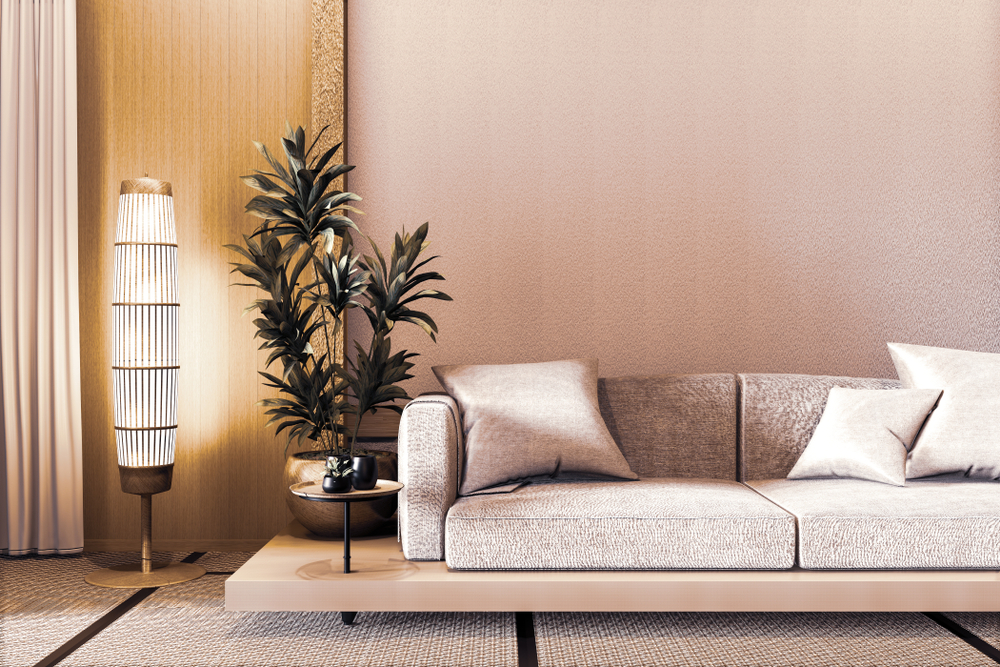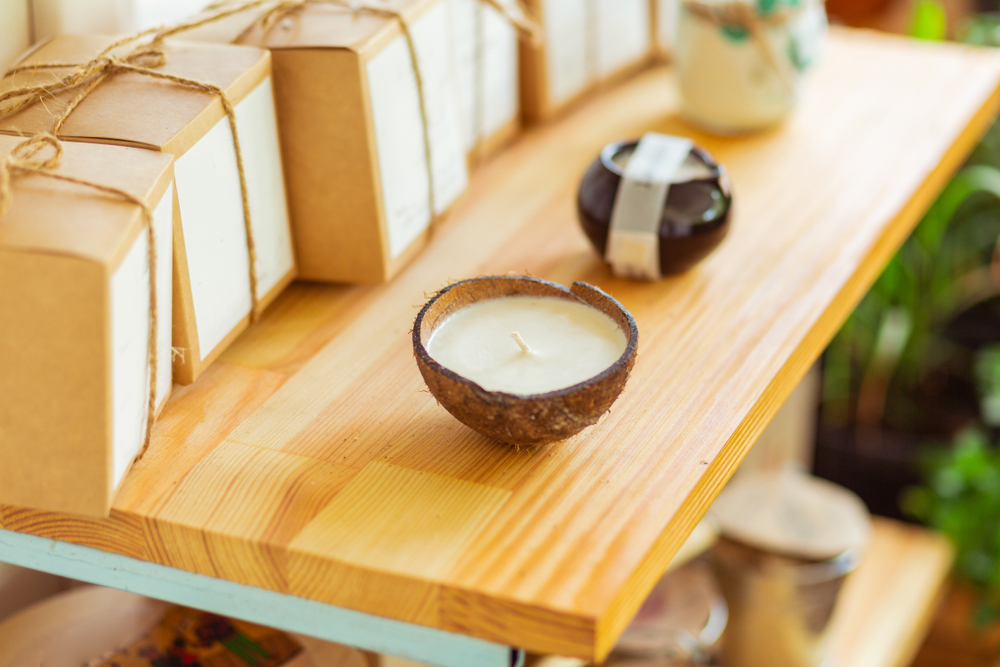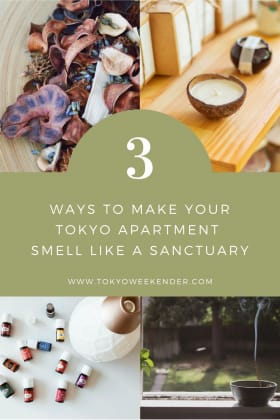We’ve all been spending more time at home lately. Thanks to Tokyo’s state of emergency enacted to help prevent the spread of new coronavirus infections, we were encouraged to stay home for the past two months. During that time our home has become our office, our gym, a restaurant, our favorite bar and our second home-away-from-home at home.
Whether you spent your time taking up a new hobby like cooking, bought a new pet or simply decided to take longer breaks between showers, more time at home also means more accumulation of odors. To help relieve your home of its new aroma, look no further than Japanese temples, which take monks’ sense of smell under consideration when creating an ambience suitable for meditation. From lighting incense to using certain woods for decor, here are a few ways to make your Tokyo apartment smell like a Zen sanctuary.
1. Burn Incense or a Scented Candle
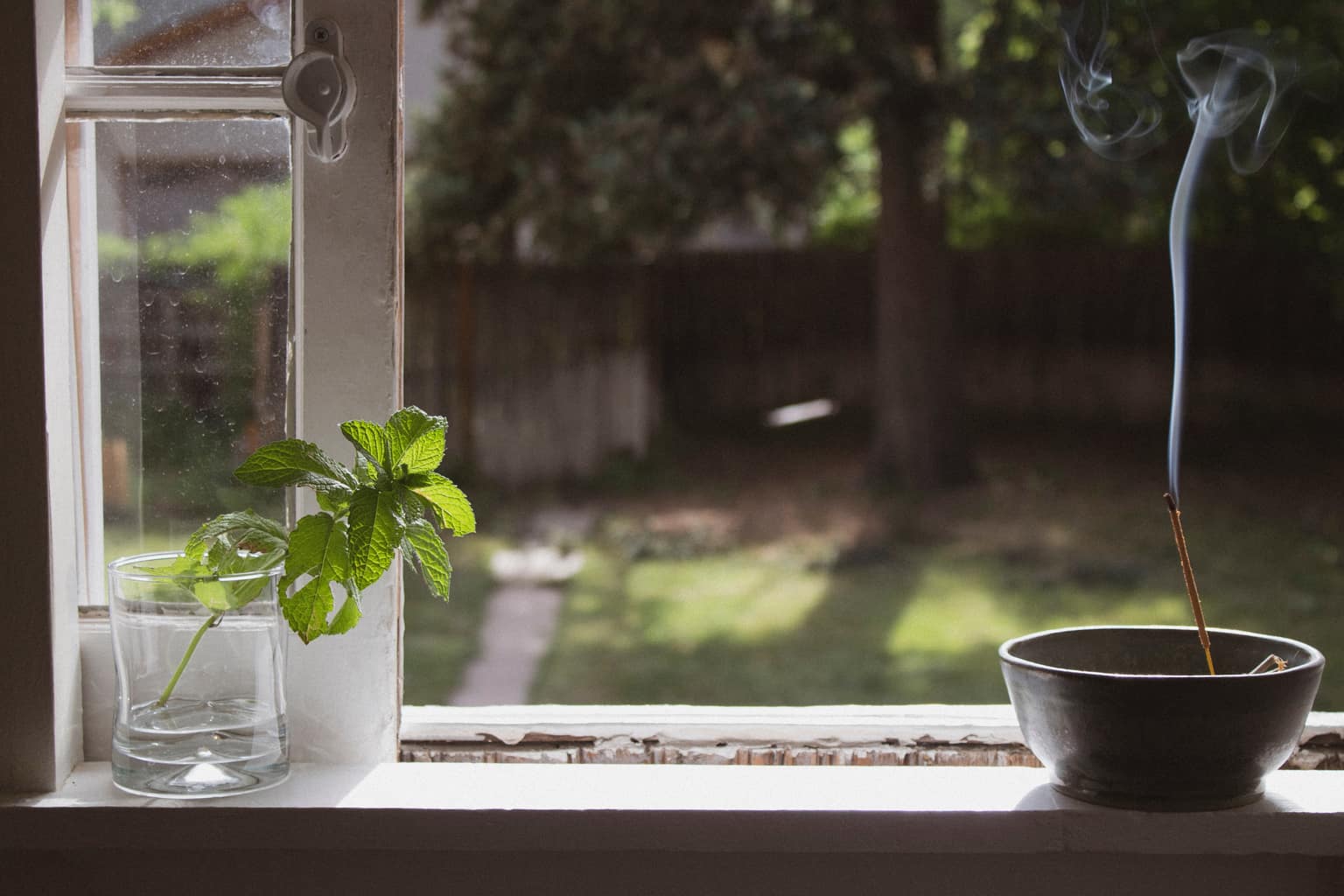
Photo by Canna Curious Club on Unsplash
Incense is by far the most popular way to liven up a room. It’s subtle and soft on the nose without ever being too sweet. A small to medium stick will last about one to two hours after the fire has died out. It doesn’t tend to linger in the air, so nothing you burn here will last over a day. No matter the scent, incense adds a bit of musk to the air thanks to argwood or sandalwood, often the main ingredients in Japan-made incense. Like tea, its appreciation is an art, also known as kodo in Japanese. For those looking to recreate a warm, cozy and relaxing atmosphere, like that of a spa or inside a Buddist temple, this option is the simplest.
Alternatively, you have candles. Unlike incense, one candle can last a long time and you have full control over how long (hours, days or even weeks) you want to let it burn. In addition to woods and spices, they also come in an array of more extravagant scents, like library, coffee, or even movie theater. While incense tends to be pretty compact, candles can be a little bit bulkier but this comes with one silver lining: it doubles as a home decor item.
Japan also has its own variety of candles: warosoku. Usually made from plant wax (good for the bees!), they are traditionally used in religious settings and are unscented. They were also used as timers for meditation seances. Nowadays, however, you can also find scented ones.
2. Potpourri
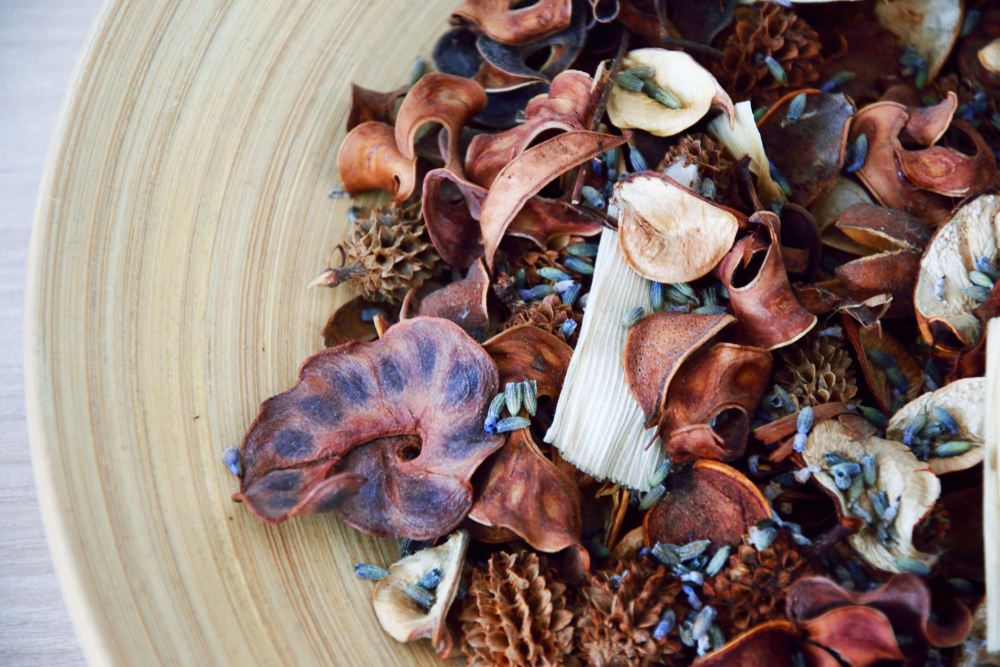
A less dangerous but just as decorative option is potpourri. Potpourri is a mixture of dry plants, flowers and herbs that slowly release fragrance. Depending on what your mix is made of, this can be a little more powerful than incense or candles. The best part about potpourri is that if you have trouble finding it in-store, you can always make your own using your favorite plants.
In Japan, more traditional potpourri tend to pull from forest-inspire scents, often with many wood shavings are thrown into the mix. Hinoki is a popular option for this because it’s quite fragrant, long-lasting and widely available. The wood is generally associated with traditional Japan and in addition to being the wood of choice for the construction of temples and shrine, it is very recognizable and comforting.
Another interesting thing about Japanese potpourri is the pomander (the vessel in which you would stuff your potpourri mix), which is often made of fabric and hidden in the shape of a small figurine. You can also find ceramic or porcelain pomanders, which help hold the blend together and conserve it for longer. Depending on what potpourri you’re putting together, a good pomander can help you keep it for as much as 20 years.
3. Blend Essential Oils
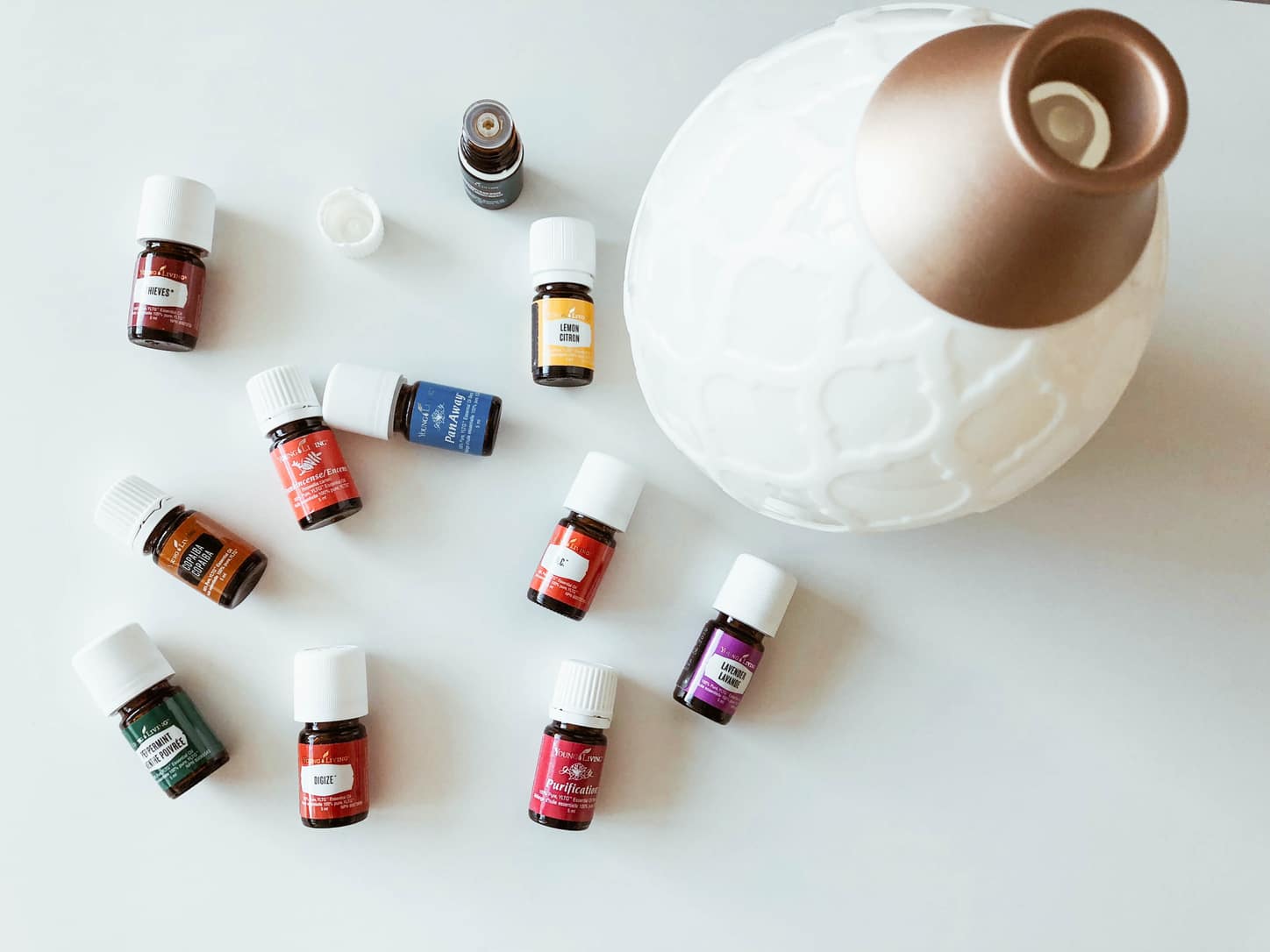
Photo by Jaron Whelan on Unsplash
For those who might be very specific about creating a Proustian moment, essential oils offer the widest range of customization as well as the most options in how you want to diffuse them. The most common is the traditional diffuser, which is essentially a compact humidifier. (In fact, many Japanese humidifiers come with a special compartment to add essential oils.)
Add a little bit of water and turn on to diffuse your oils through steam. You can also find paper diffusers. There is also chalk, blocks of chalk to be specific. If you don’t want to invest in an expensive diffuser or waste any extra electricity, this is a great option. There are other types of diffusers out there, which you can pick according to your space and budget.
Oils offer the best of both worlds, with a long-standing scent and a wide variety. Mixing oils is perhaps the most beneficial point of this method, allowing the creation of really complex and layered scents.
Bonus: Mix & Match
Of course, nothing is stopping you from using all of these ways simultaneously. Each adds to the room its own atmosphere and your wants might change with your mood or the time of day. You might also want to mix some scents with others in different vessels, trying to recreate the scent of that perfectly quiet place. It takes a bit of experimentation, but that’s the fun of it. Especially when we might be spending a lot of time at home, the least we can do is try to make it feel comfortable by surrounding yourself in your favorite scent and trying to recreate the perfect place, indoors.
Where to Buy
Incense
If you’re starting from square one, don’t go investing in expensive incense and holders. Muji offers compact starter kits at an affordable price. You can also purchase small sets of scents, which is ideal to explore the world of incense if you don’t quite know what you’re into yet. Muji is also a one-stop-shop for essential oils (more on that below).
For more avid fans, head to Kugyokudo Kyoto, Japan’s oldest incense supplier. Their flagship store is in Kitte, Marunouchi but, of course, if you don’t want to make the trip, you can always order online. This means you already have to know what you like, but you can also purchase some sets to try out their range.
Candles
Candles are fairly easy to find, but if your home atmosphere depends on them, it’s best to invest. The biggest candle store in Tokyo is Kameyama Candle House, located in beautiful Aoyama. It has every variety you can dream of. Their website and online store are user-friendly even if you don’t know Japanese.
An alternative is to check online marketplaces such as Etsy or even check out your favorite perfume brands to see if they don’t happen to also sell a candle in your favorite scent.
Essential Oils
Being the most versatile of the three, essential oils are available at some dedicated wellness stores such as CosmeKitchen. For the full sensory experience, check out aromatherapy supplies around the city, the most known one being Tree of Life, located in Harajuku.
Diffusers can be bought at electronic stores, specialty stores or even Loft. Opt for something that is relatively portable, light and that blends with your current decor.
Lead image by 寄稿者 Yana Fefelova on Shutterstock

